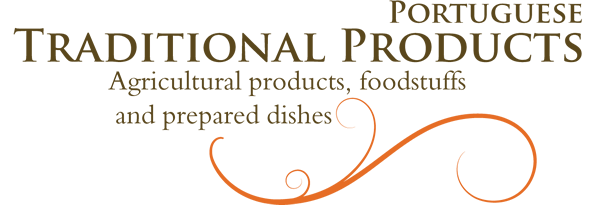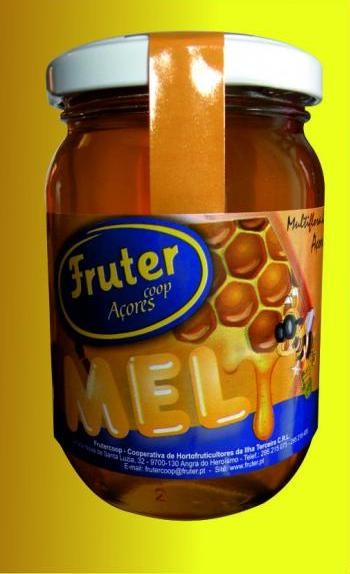Description: The Mel dos Açores PDO, in the Multiflora variety is a honey from the nectar of the many wild flowers and tree blossom that grow in this area including plum, chestnut, orange, eucalyptus and rosemary as well as subtropical species such as banana, passion fruit, pineapple, avocado and guava. Mel dos Açores PDO honey also includes another variety, Mel de Incenso honey, that comes from the nectar of a species of Pittosporum ondulattum Hort, a naturally occurring plant that grows all over the Azores.
Production method: The Mel dos Açores PDO, in the Multifora variety is produced all the year round and is extracted from the beginning of May. The Mel de Incenso variety of honey is made from January to April and is extracted at the end of May. The honey is extracted by centrifuge and is left to mature at a controlled temperature and, lastly, any surface impurities are removed.
Special features: The extremely high quality of Mel dos Açores PDO is owed to the natural conditions and climate of the islands of the Azores with its rich and varied flora. Mel dos Açores PDO honey in the Multiflora variety is dark chestnut brown in colour, has a fluid consistency and a pleasing taste. The Mel the Incenso variety has a very light yellow colour, almost colourless and has a very sweet taste with hints of essential incense oils on the palate.
Production area: Mel dos Açores PDO honey is made throughout the islands of the Azores.
History: Mel dos Açores PDO comes from a long tradition of bee keeping on the islands of the Azores dating back to the 16th century. In 1554 Gaspar do Rego Baldayal sent a letter to the king regarding the production of honey on the islands. Mel de Incenso is almost a symbol of the Azores, especially the island of Pico, even though it is the island of S. Miguel that produces the largest quantity of honey. The most important aspect of bee keeping in the area is linked to its ecological function, since it guarantees a large percentage of the pollination of the natural flora; it also has a social role as it is practised by almost the entire population; lastly it is an important part of the local economy because of the high quality of the honey.
Product specification (pdf)
Producer group
FRUTERCOOP – Cooperativa de Hortofruticultores da Ilha Terceira, C. R. L.
Control and certification body
IAMA, IPRA. – Instituto de Aimentação e Mercados Agrícolas
Publication in EU official journal
Regulamento (CE) N.º 1107/96 da Comissão de 12.06.1996 – L 148/1
JOUE C384 12.11.2019
Publication in the Portuguese official journal
Despacho n.º 3/2000/A, de 01.06.2000
Despacho n.º 3/SRAP/1994, 01.02.1994
Despacho Normativo n.º 259/SRAP/1993, de 30.12.1993



